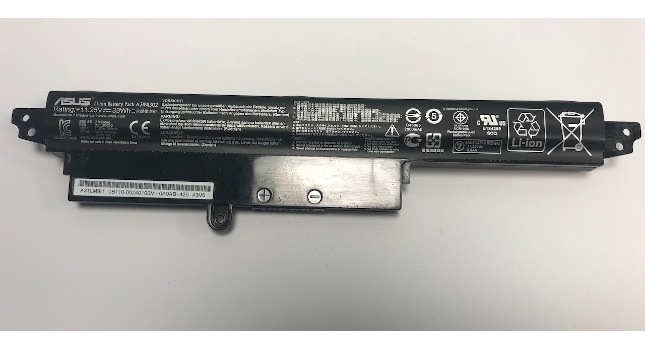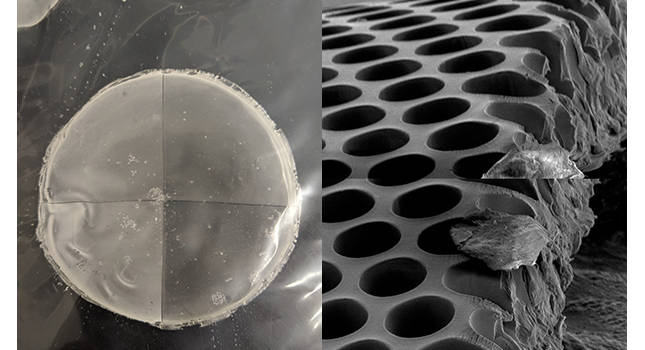Simulation software enables plant designers to view design scenarios in a virtual world without the expense, time delay and risk of testing it in the real world. This presents an ideal opportunity to test plant and maintenance issues early in the design phase, enabling plant engineers to compare, for example, how modifications in scheduling, downtime and maintenance strategies might reduce cost...
Simulation software enables plant designers to view design scenarios in a virtual world without the expense, time delay and risk of testing it in the real world. This presents an ideal opportunity to test plant and maintenance issues early in the design phase, enabling plant engineers to compare, for example, how modifications in scheduling, downtime and maintenance strategies might reduce costs during the process lifecycle.
Steady-state simulation
Steady-state simulation software is used in the conceptual and basic design phases of the plant life cycle. It helps engineers understand the process, as well as the underlying environmental, maintenance and business ramifications of different configurations.
Decisions made during the design phase will have the greatest impact on the long-term economic viability and environmental sustainability of a process; all aspects must be considered. Conceptual design offers the first opportunity to create a working sustainable process, which engineers can enhance during the detailed design phase using standard design practices such as heat recovery or their company’s proprietary optimization practices.
It is important to run numerous case studies on each piece of process equipment individually, and within the constraints of the entire process. Steady-state simulation allows case studies such as distillation feed location, heat exchanger design and various heat integration scenarios. Case studies should include equipment sizing and repair considerations such as scheduling and implications of off-line equipment.
Dynamic simulation
Dynamic simulation tests responses prior to plant commissioning, demonstrating how a process starts up and operates. This verifies that it is safe and can operate under a variety of conditions, including startup, shutdown and abnormal conditions. This is the time to study plant operation strategies to reduce waste.
Plant control systems and control logic should be tested virtually using dynamic simulation to ensure correct response. Control system checkout using dynamic simulation ensures proper system and plant behavior and safe operation.
Dynamic simulation must also include scenarios for process upsets. Scenarios to test include a fire or explosion, a disruption or change in process feed, valve/piping failure, equipment failure, out-of-service equipment and repair downtime. Testing reveals the quickest path to return a process to normal operation.
Online performance monitoring, optimization
While steady state and dynamic simulation software can help create and test operational processes, online optimization software provides a higher level review of plant operating status over time. This involves bringing in data from the IT systems, reconciling that data and optimizing performance based on the limits provided by the operator in the control room.
Success in this area results from good interdepartmental communication and cooperation. Engineers and managers need to work with their IT department to ensure that proper data is linked to the software, and work with the process engineering department to ensure the correct variables are measured. They must work with control engineers to ensure that the system is properly configured, and work with operators and management to ensure that there is plant-wide support for the decision. Implementing optimization software results in increased profit, smooth operation and maintenance and increased environmental friendliness by reducing waste and unneeded utilities.
Of these three types of simulation software, steady state and dynamic provide the best opportunities to include maintainability in the design process. The early stages of process definition and setup are the best times to start testing the implications of maintenance schedules, equipment malfunction, repair, replacement and downtime.
Simulation can help with early planning for plant equipment maintenance.
| Author Information |
| Joseph McMullen has been a product manager for Invensys Operations Management, SimSci-Esscor Business Line Management group since 2006. He joined SimSci-Esscor in 2001 as a senior technical support engineer and account manager. |



